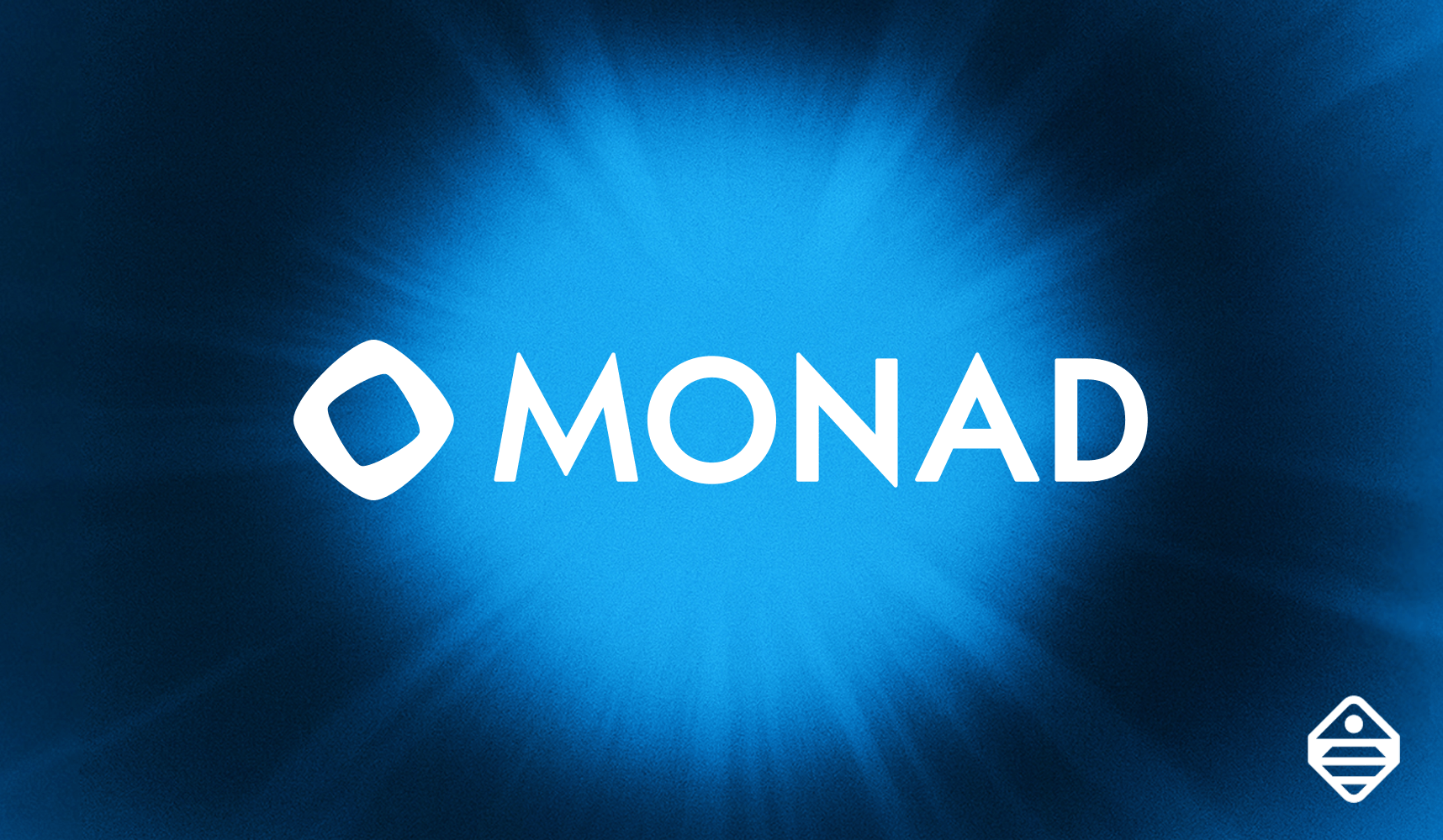Monad is bringing Solana-level throughput to the Ethereum ecosystem. With 10,000 transactions per second, 1 second finality, and full EVM compatibility, the network is a high-performance execution layer for applications that demand speed without sacrificing the familiarity of Ethereum's developer tooling.
Pier Two is currently live on the Monad mainnet after months of testing with the Monad team. Over 100 projects spanning DeFi, wallets, oracles, and bridges have already begun building on the platform. You can find our validator producing blocks in the active set here.
Novel Architecture
Monad's performance gains come from four core innovations that work together to eliminate the bottlenecks of traditional EVM chains:
- MonadBFT Consensus: A pipelined Byzantine Fault Tolerant protocol that finalizes blocks in ~1 second by overlapping block proposal and voting stages.
- Parallel Transaction Processing: Following Solana's lead, Monad executes independent transactions across multiple CPU cores simultaneously.
- MonadDB: A custom state database built specifically for high-throughput EVM operations, using optimized Patricia Tries and asynchronous I/O to handle tens of thousands of transactions per second without requiring excessive RAM.
- RaptorCast Networking: An erasure-coded block propagation protocol that distributes 2 MB blocks to 100+ validators in milliseconds, preventing network bandwidth from becoming a bottleneck even at peak throughput.
These innovations combine to deliver 10,000 TPS with 400-500ms block times, while maintaining bytecode equivalence with Ethereum's latest EVM upgrades.
Institutional Momentum and Staking Design
The network's proof-of-stake design runs on modest hardware (~16-core CPU, 32 GB RAM). This accessibility supports a larger, geographically dispersed validator set. As a result, Pier Two is able to host its validator in Australia.
Early staking yields are projected at 8-12% APY, driven by 25 MON block rewards (with approximately 2% annual inflation) and transaction fees. The Monad Foundation has committed to delegating 15-25 billion MON to independent validators at launch, bootstrapping network security and distributing rewards broadly across the community. Team and investor tokens remain locked for at least one year, ensuring early staking rewards flow to public participants and community.
Liquid staking protocols including Fastlane, Kintsu, Magma, and aPriori are already emerging within Monad's ecosystem, offering stakers additional MEV rewards and liquidity options.
EVM Compatibility
Developers can deploy existing Solidity and Vyper contracts directly to Monad without modifications. Standard Ethereum tooling: Wallets, Hardhat, Foundry, all work out of the box, and JSON-RPC calls function as expected. This positions the network as a natural multi-chain deployment target within the broader Ethereum ecosystem.
What's Next
Monad offers a sovereign L1 option with the tooling and security model developers already understand.
As network activity ramps up in early 2026, transaction fees and MEV opportunities are expected to augment base staking yields, creating additional value capture for validators and delegators. The combination of strong institutional backing, active developer ecosystem, and thoughtful tokenomics suggests Monad is well-positioned to serve as a high-performance zone within the multi-chain landscape—proving that EVM compatibility and high throughput are not mutually exclusive.




